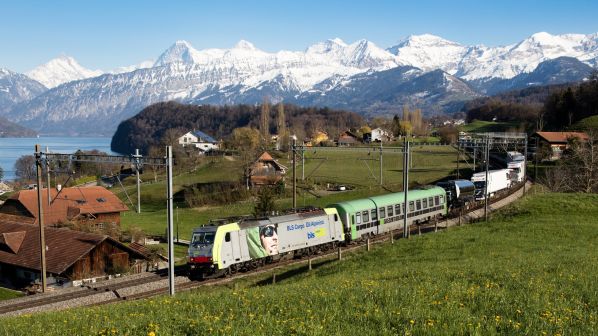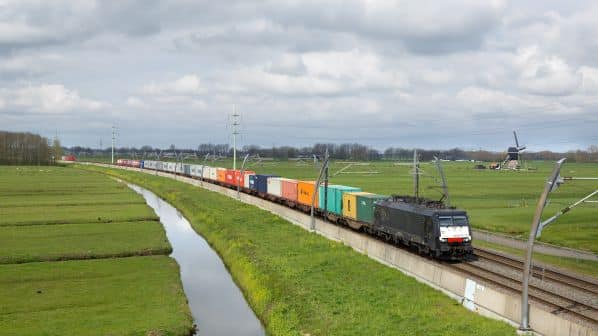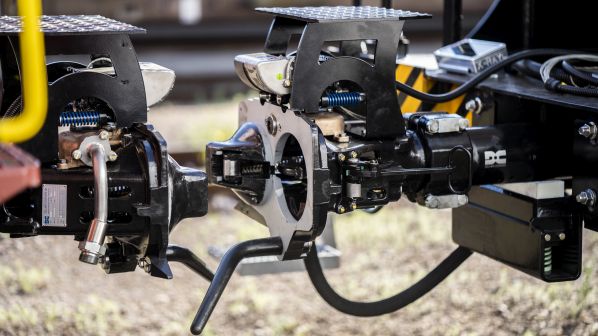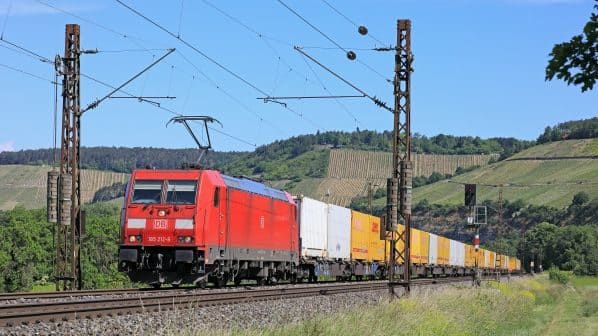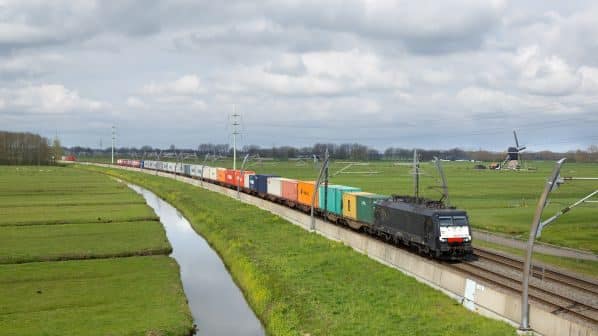CHALLENGERS to national incumbents accounted for a majority of the European rail freight market for the first time in 2021, the annual Market Monitoring Report from the Independent Regulators’ Group-Rail (IRG-Rail) has found. Challengers held a market share of 51%, up from 25% in 2010.
Commenting on the report, the European Rail Freight Association (Erfa) said this achievement reflects the success of opening national rail freight markets to competition and highlights the need to ensure European legislation is adapted to meet the needs of new entrants.
“It is inspiring to see that the development of the market share of challengers and new market entrants, which are directly or indirectly represented by Erfa and its members, have such had such a positive impact on the rail freight market,” says Erfa president, Mr Dirk Stahl. “It is important that infrastructure managers, politicians and regulators are aware of this majority position and carefully listen to the needs of this important part of the rail freight market.”
IRG-Rail was established by 15 European rail regulatory bodies in June 2011, and now has members from 31 countries. Its 11th annual report covers 2021, with a focus on the impact of the Covid-19 pandemic and market recovery.
The report found that between 2019 and 2021, passenger train-km dropped by 4% while passenger-km dropped by 41%. Track access charge income from passenger operators fell by 13%, while operator revenues fell by 17%. In the freight sector, freight train-km dropped by 0.2% while freight tonne-km rose by 1%. Track access charges paid by the freight sector dropped by 37%, while operator revenues rose by 0.3%.
During 2021, the European rail market continued to be impacted by the pandemic, including restrictions on international and domestic travel, especially during the first half of the year. This hindered the recovery of passenger demand even though the supply of passenger rail transport increased in 2021.
IRG-Rail found variances in market developments across different market segments. For example, although overall there was a relatively small decrease in the usage of the rail network, where train-km were down by 5%, there were substantial differences in the stability of PSO and non-PSO passenger services, where there were respectively 3% and 15% fewer train-km.
On the demand side however, domestic tonne-km grew by 1%, whereas domestic passenger-km fell by 40%. While there were increases in the international freight market, up by 10% in train-km and 2% in tonne-km, international passenger services were severely affected in 2021, with a persistent decline in non-PSO services, which were down 30% in train-km and 59% in passenger-km.
Despite the introduction of temporary or permanent measures to limit the impact of the pandemic on the railway sector such as reducing track access charges or providing state aid, operators suffered direct economic consequences of this drop in activity. However, revenue from freight was stable between 2019 and 2021 whereas revenue from passenger services fell by 17% due to a reduction in fares income.
Meanwhile, European infrastructure managers recorded a drop in revenue from track access charges alongside higher public subsidies, leading to a relatively small decrease in total revenues of 5% from passenger services and 1% from freight services. IRG-Rail says it should be noted that the pandemic may not be the only contributing factor here.
The May edition of IRJ will include an in-depth review of the state of play for rail freight operators in Europe.
